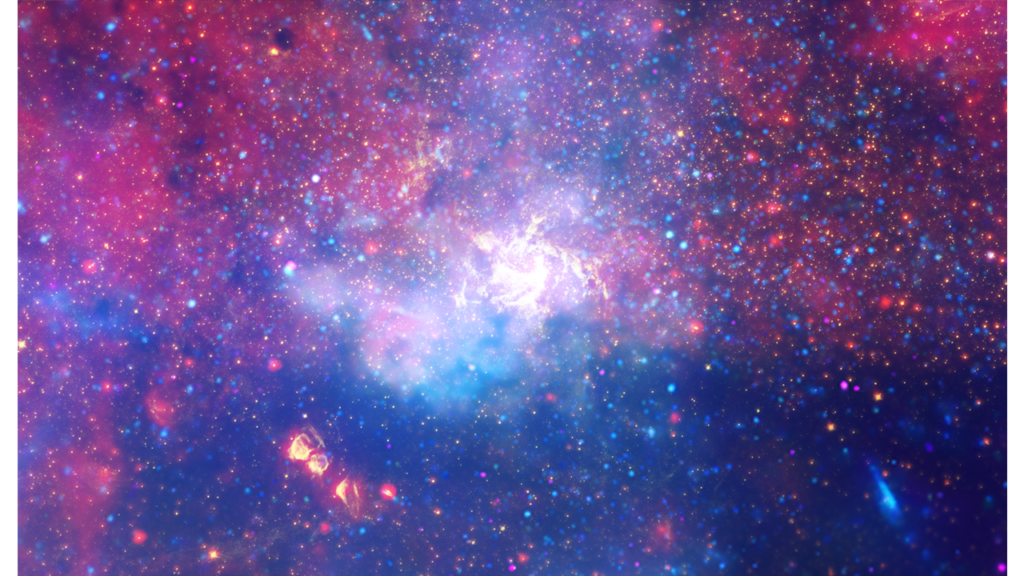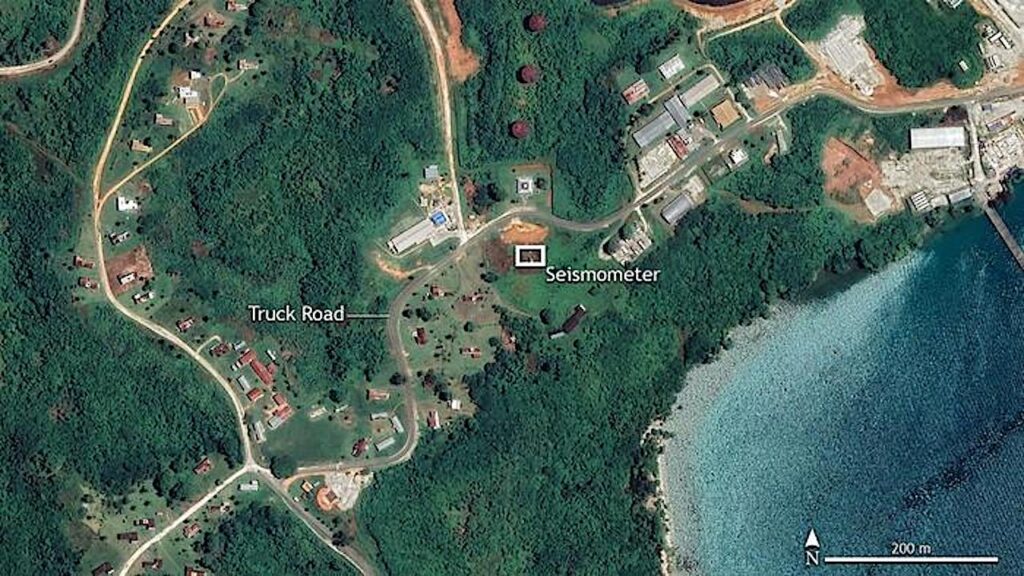The Fermi Paradox and the Aurora Effect: Exo-civilization Settlement, Expansion and Steady States

We model the settlement of the galaxy by space-faring civilizations in order to address issues related to the Fermi Paradox.
We explore the problem in a way that avoids assumptions about the intent and motivation of any exo-civilization seeking to settle other planetary systems. We first consider the speed of an advancing settlement via probes of finite velocity and range to determine if the galaxy can become inhabited with space-faring civilizations on timescales shorter than its age. We also include the effect of stellar motions on the long term behavior of the settlement front which adds a diffusive component to its advance.
The results of these models demonstrate that the Milky Way can be readily ‘filled-in’ with settled stellar systems under conservative assumptions about interstellar spacecraft velocities and launch rates. We then consider the question of the galactic steady-state achieved in terms of the fraction of settled planets. We do this by considering the effect of finite settlement civilization lifetimes on the steady states. We find a range of parameters for which the galaxy supports a population of interstellar space-faring civilizations even though some settleable systems are uninhabited. Both results point to ways in which Earth might remain unvisited in the midst of an inhabited galaxy.
Finally we consider how our results can be combined with the finite horizon for evidence of previous settlements in Earth’s geologic record. Our steady-state model can constrain the probabilities for an Earth visit by a settling civilization before a given time horizon. These results break the link between Hart’s famous “Fact A” (no interstellar visitors on Earth now) and the conclusion that humans must, therefore, be the only technological civilization in the galaxy.
Jonathan Carroll-Nellenback, Adam Frank, Jason Wright, Caleb Scharf
(Submitted on 12 Feb 2019)
Subjects: Popular Physics (physics.pop-ph); Astrophysics of Galaxies (astro-ph.GA)
Cite as: arXiv:1902.04450 [physics.pop-ph] (or arXiv:1902.04450v1 [physics.pop-ph] for this version)
Submission history
From: Jonathan Carroll-Nellenback
[v1] Tue, 12 Feb 2019 15:40:24 UTC (3,052 KB)
https://arxiv.org/pdf/1902.04450.pdf
Astrobiology








